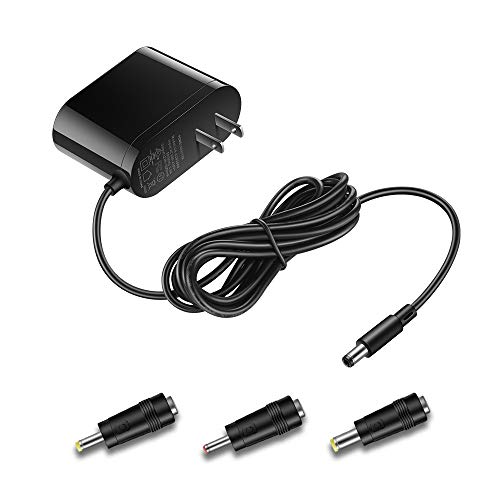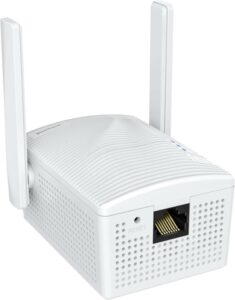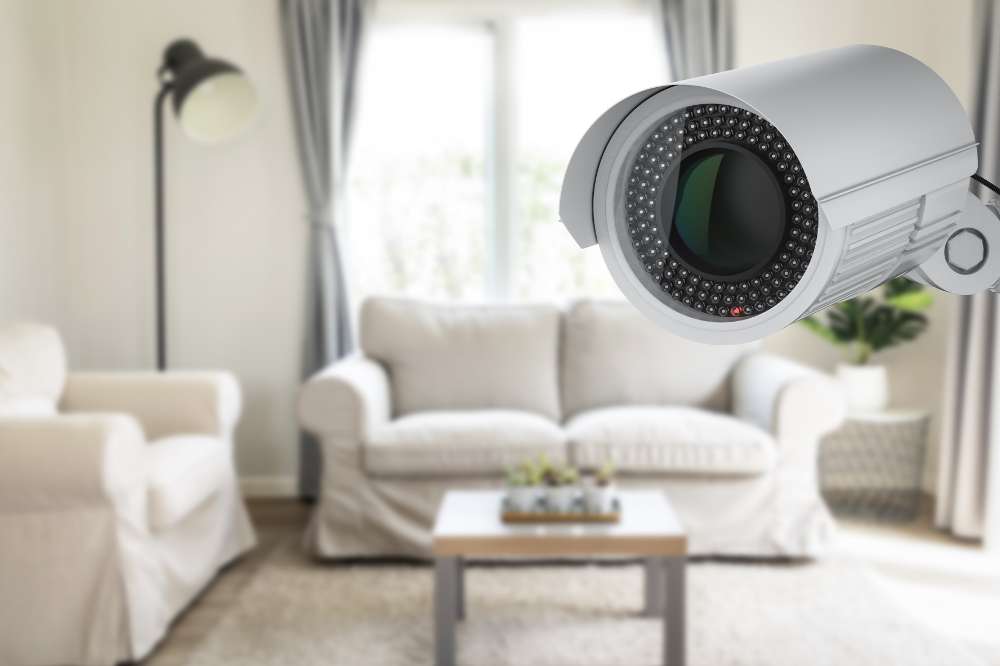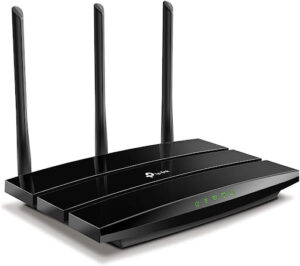What is one thing that is more annoying than a slow Internet connection? Well, the answer has to be a slow Internet connection. Almost every technology we use today runs on a solid internet connection.
The adults need it for work, the youths need it for skill acquisition, and the kids need it for schoolwork. It gets annoying if you still have a WiFi subscription but cannot do anything about it simply because you need to figure out what is wrong.
Well, ten times out of ten, the issue with the WiFi is the speed. This article will discuss Internet speed, how to use a speed test and remedies to slow Internet connection.
What is WiFi Speed?
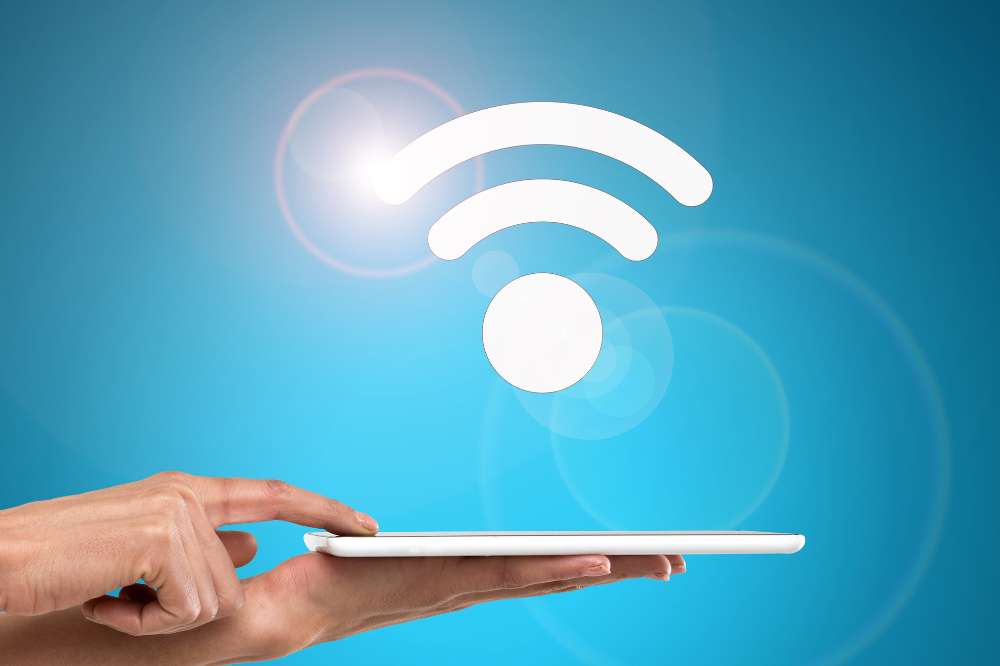
- Compatible with major cable internet providers including Xfinity, Spectrum, Cox and more. NOT compatible...
- [Compatibility] 12V Power Supply Adapter Compatible with Netgear, Linksys, Asus,Motorola, Motorola/Arris...
WiFi speed is the rate at which information is downloaded from the internet to a device. WiFi speed is measured in Megabits per second (Mbps). This is the standard unit for WiFi speed measurement.
Knowing how to calculate the speed of the connection in your homes and offices will allow you to identify the cause of the slow Internet connection, allowing you to swoop into action.
How to Run a WiFi Speed Test
It is essential to know how to calculate a WiFi speed test. This way, you can look for the root of the slow Internet connection problem. And when you fix it, rerun the test to be sure you are back on track. Below are the step-by-step processes
Step 1
Know the type of websites that offer this speed at a fast rate. Many websites provide WiFi speed tests. Knowing the quick and accurate sites for conducting the speed test is essential.
Step 2
After choosing your desired website, go to the internet and log in to their page. After logging in, you will see some control buttons, e.g. a start button.
Step 3
Click on the start button and wait seconds for the speed test to be conducted.
Step 4
Interpret the test results and determine whether the issue is from the internet or external factors. This will be discussed later on.
How to Interpret WiFi Speed Test Results
You should be familiar with different parameters after conducting a WiFi speed Test. Understanding these parameters implies a better understanding of the WiFi speed test results.
1. Mbps
As discussed earlier, this is the standard unit for measuring the speed of the internet connection. A bit is the most straightforward piece of digital information. Megabits stand for millions of bits, which is quite a lot. However, the value attached to the Mbps units is the speed value. In other words, a 35 Mbps speed implies that a device receives information at 35 million bits per second. A high-speed value is an indicator of a fast internet connection.
2. Upload Speed
Some reliable speed test websites will include other information in the test results. One such information is the upload speed of your device(s). The upload speed of a device is the rate at which your device can send data to others. The upload speed is also measured in Megabits per second. A fast upload speed value indicates that you can easily upload large files to cloud services at a rapid rate and engage in meaningful communications without lagging.
3. Download Speed
You guessed right if you whispered the opposite of upload speed. It is how fast you can retrieve information from the internet to your device. A decent download speed will allow you to download videos, texts and other media content as soon as possible. It is also the speed used to determine how fast the internet is when streaming videos. As usual, it is measured in the standard unit of Mbps.
4. Ping
Ping is an online tool used to determine how fast a packet of data can reach a remote server and get back to your device. Ping is also known as Latency, and unlike the other parameters mentioned above, it is measured in milliseconds. High ping rates mean better interactive activities.
How to Identify Slow and Fast Internet Speed
Before we move on to the causes of slow Internet connection, let’s quickly decipher the range of Internet speeds and how fast they are.
1. 1-5 Mbps
This speed is better than any speed running in kilobits per second (Kbps). While this range of internet connection is slow, it is sufficient for sending texts and emails and streaming music.
2. 5-45 Mbps
This range of speed can be referred to as the standard speed range. It is sufficient to carry out almost any internet activity, including long video calls.
3. 45 Mbps above
Technically, any internet speed above 45 Mbps is a breakneck speed. It can download or upload anything on the internet within seconds. This range of speed is very efficient for routers that have multiple connections.
Causes of Slow Internet Connection and Remedy
After carrying out your WiFi speed test and it comes back on the slow side, you should be able to search around you to identify the cause of the slow internet connection. Below are some common reasons.
1. Bandwidth Throttling
Network service providers do this a lot. It is an intentional means of slowing down the Internet connection.
2. Poor Router
Some routers are too old to be functioning again. Old routers need the capacity to trap the internet connection from the device providers; hence, they cannot provide your device with fast speed.
3. Multiple Connections
This is a common cause of slow Internet connection. The more the connection of devices to a router, the more the workload of the router, hence a slower speed
4. Dead Ends
Some buildings like homes and offices have areas where the internet connection cannot reach. This is termed the Dead ends of a building.
All these issues are common causes of slow internet connection. However, the easiest way to increase the Internet speed is to attach a WiFi range extender to the WiFi. This tool can combat any of the causes of slow Internet connection.
Conclusion
Calculating the speed of your internet connection is very important. That way, you can quickly identify the problem and fix it. A WiFi router helps combat as many issues as possible that may cause a slow Internet connection. After attaching a WiFi to the router extender, ensure you check back using the same website for the current speed of your Internet connection.


